The Tough Challenge to Cut Emissions. One Map Policy Regarded as Crucial
The Tough Challenge to Cut Emissions. One Map Policy Regarded as Crucial
January 22, 2016 08:38
JAKARTA, KOMPAS — The target of lowering greenhouse gas emissions in 2030 is difficult to achieve unless there's a fundamental change in the system of bureaucracy. The biggest target of emission reduction is set in the sector of energy. However, so far there has been no clarity about how to reach this target.
In the document of Intended Nationally Determined Contributions (INDC) submitted to the United Nations Framework Convention on Climate Change (UNFCCC), Indonesia puts the target of emission reduction at 29 percent by its own efforts and 41 percent with external assistance of the emission trajectory in 2030.
The difficulty to achieve the target was revealed in a limited discussion organized by Kompas on Thursday (21/1) in Jakarta. Present as panelists were Director General of Climate Change Control, Ministry of Environment Affairs and Forestry, Nur Masripatin, Secretary General of the Alliance of Nusantara Traditional Communities (AMAN) Abdon Nababan, Executive Director of the Institute for Essential Service Reform (IESR) FabbyTumiwa, and Rizaldi Boer from the Indonesia Climate Change Risk and Opportunity Management (CCROM), Bogor Institute of Agriculture.
According to Fabby, the national policy has set 23 percent as the target of renewable energy for an energy mix in 2025. "But until 2013 only 5 percent was reached in the mix," he said.
In the sector of energy, power generators constitute the largest contributor of greenhouse gas (GHG) emissions. Electricity demand in 2025 is projected to triple the present level. "It's necessary to build renewable new energy based generators with a capacity of 35-36 giga-watts (GW). The existing capacity stands at 9.4 GW," he noted.
At present, the government is building a coal based 35-GW power generating project. "We should have a whole policy or strategy. What's under construction will create (GHG emission) potential for the next 15-20 years. It will remain," he indicated.
For the adjustment to the target of the Paris Agreement in the 21st session of the Conference of the Parties (COP-21) to the UN Climate Change Convention in December 2015, which limits earth temperature increase to below 2 degrees Celsius compared to pre-industrial levels, "We need 35-45 percent of renewable new energy in the energy mix," he added.
On the other hand, many karst regions are being eyed by the cement industry. "Karst is used for water reserves and also serves as stocks (of gas) of high carbon," said Nur Masripatin.
For adaptation, Rizaldi affirmed the need for the support of research and climate projection studies based on extreme climatic scenarios and impacts. "Their implementation requires supervision and evaluation," he said. Scientific research is needed to facilitate the verification of adaptation actions because such adaption has to be globally reported.
The Environment Affairs and Forestry Ministry and the National Development Planning Agency have now developed the Vulnerability Index Data Information System (SIDIK) in regions. "The capacity of regional administrations is yet to be enhanced," he pointed out.
One map
Meanwhile, the panelists agreed on the importance of One Map. This map is crucial to the implementation of policies connected with climate change.
"It overcomes the bottleneck in the entire policy. Without this map, everything won't work," said Rizaldi.
One Map is vital because it contains data on custom based regions - with the potential role of traditional communities in mitigation efforts - and also charts of regions with renewable energy potential as well as land information for biomass development.
"The spirit of the Paris Agreement in fact is not so strong because it resulted from an attainable compromise. Without the accord, developing countries could be in worse conditions. They would be acting at will, thus complicating their position," said Nur Masripatin.
The hard work ahead as Indonesia is still a long way from achieving the 26 percent emission cut target for 2020 - as a foundation for the realization of INDC (which becomes NDC in 2018) - should be seen as an opportunity.
The issue of management was described as indicating considerable improvement. Said Fabby, "Today, the ministry's echelon I shows the initiative to analyze problems." According to Nur Masripatin, President Joko Widodo maintains the principle of not allowing any opportunity to those who can't work in cooperation and coordination.
(ISW/AIK/ICH)
Sumber : http://print.kompas.com/baca/2016/01/22/The-Tough-Challenge-to-Cut-Emiss...


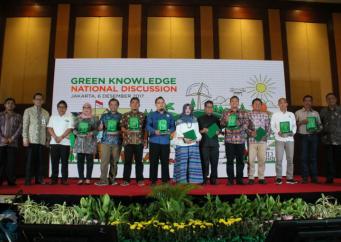
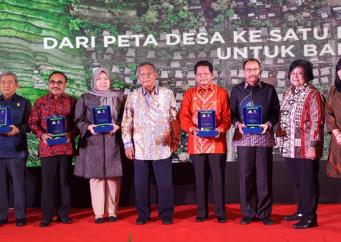
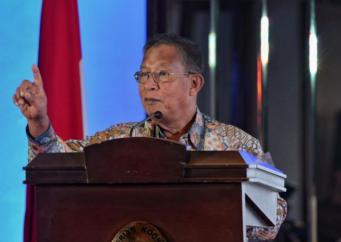
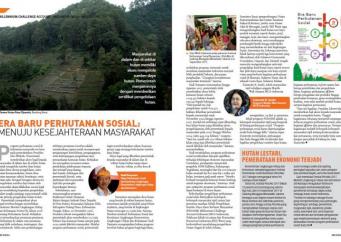
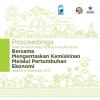
Add new comment